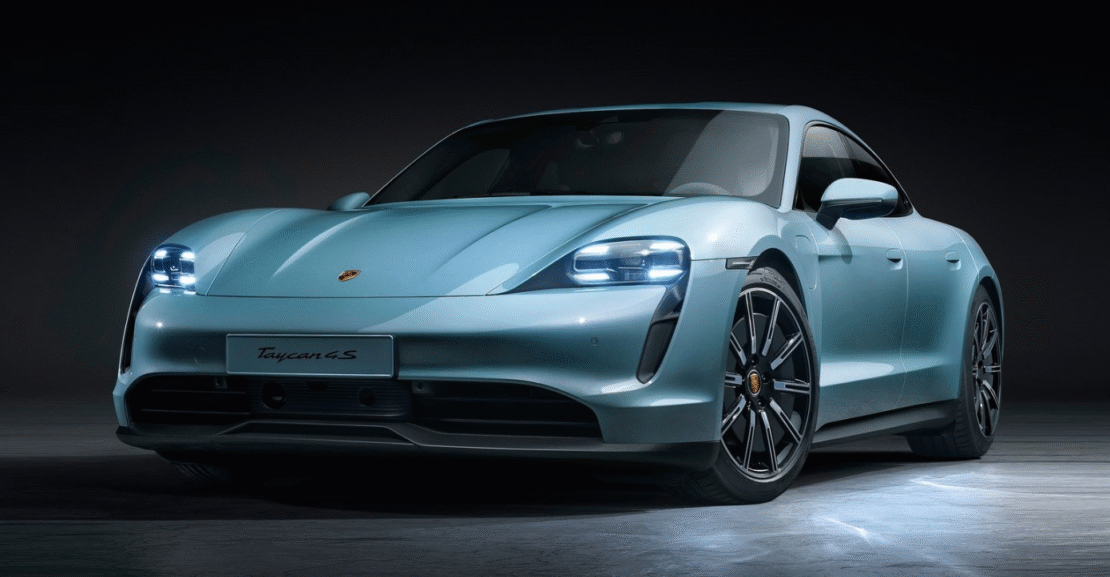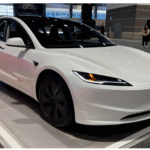Electric vehicles have taken the automotive world by storm. With growing awareness about climate change, rising fuel prices, and strict emissions regulations, more drivers are turning to battery-powered cars. But as electric vehicles become mainstream, so do the questions around their maintenance. One of the most common is: Do electric cars need oil changes?
The short answer? No, electric cars do not need oil changes. But there’s more to this answer than just a yes or no. In this comprehensive guide, we’ll explore:
- Why electric vehicles don’t use traditional motor oil
- Which parts do need lubrication
- Differences between electric vehicle and gas car maintenance
- Hidden fluids and service items you should monitor
- Visual comparisons and expert maintenance diagrams
Let’s dive under the hood.
Why Electric Cars Don’t Need Oil Changes
Traditional gasoline and diesel cars rely on internal combustion engines (ICEs). These engines have many moving parts – pistons, valves, crankshafts, and camshafts – all working under intense heat and pressure. Oil is essential to reduce friction, prevent overheating, and keep those parts running smoothly.
Electric cars, on the other hand, use electric motors powered by batteries. These motors have far fewer moving parts and no combustion. Because there’s no engine oil circulating through pistons or crankcases, oil changes are completely unnecessary.
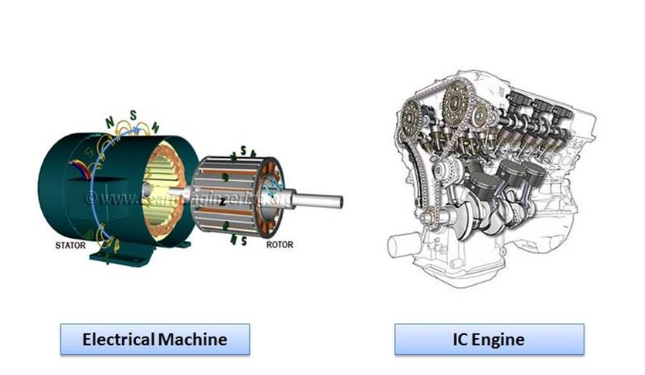
Electric Motor Components vs Internal Combustion Engine
Source: https://www.linkedin.com/pulse/electric-motors-performance-compared-ic-engine-vehicle-tapas-koner
What About Lubrication in Electric Vehicles?
Though electric vehicles don’t need engine oil, they still require some lubrication for specific components:
1. Transmission Fluid
Electric vehicles have single-speed gearboxes instead of multi-speed transmissions. These gearboxes contain lubricant or transmission fluid to reduce wear.
- Usually sealed for life
- Some brands recommend checking every 100,000 miles
2. Coolant
Modern electric vehicles use coolant to manage battery and inverter temperatures.
- Needs to be flushed/replaced every 5-10 years
- Essential for performance and battery longevity
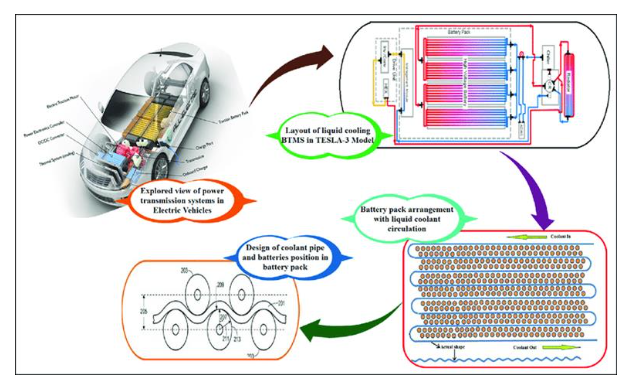
Tesla S Model Battery Cooling
Source: https://www.researchgate.net/figure/Tesla-S-model-battery-cooling_fig4_348624470
3. Brake Fluid
Brake systems in electric vehicles still use hydraulic fluid, even though regenerative braking reduces wear.
- Needs checking/replacing every 2-3 years
4. Grease for Suspension and Bearings
Standard wheel bearings and suspension parts still need grease, though it rarely requires user intervention.
Conclusion: Electric vehicles need some fluid maintenance, but no regular engine oil service.
Maintenance Comparison: Electric Vehicles vs Gas Cars

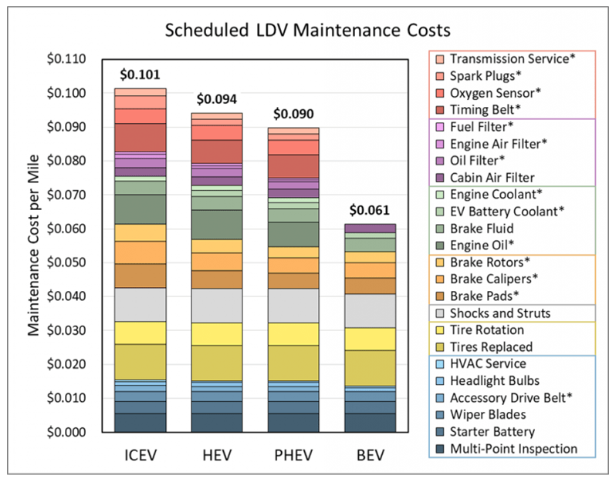
Source: https://www.greenenergyconsumers.org/drivegreen/learnmore/costs/maintenance
What Happens If You Try to Change Oil in an Electric Vehicle?
Some new electric vehicle owners go to auto shops asking for an oil change – only to find there’s no oil pan, no oil filter, and no dipstick.
Trying to perform an oil change on an electric car is like trying to inflate a tire on a hoverboard – it simply doesn’t apply. In fact, some shops now advertise “no-oil maintenance packages” for electric vehicles.
Electric Vehicle Brands and Their Fluid Maintenance Recommendations
Tesla
- No engine oil changes
- Battery coolant: 4-5 years
- Brake fluid: Inspect every 2 years
- Cabin air filter: Replace every 2 years (Model 3/Y), 3 years (S/X)
BYD / NIO / Chinese Electric Vehicles
- Battery and inverter coolant: 5-year interval
- Minimal fluid maintenance otherwise
Hyundai/Kia Electric Vehicles (IONIQ 5, EV6)
- Coolant flush: 10 years / 160,000 km
- Brake fluid: Inspect 2-year intervals
Why This Matters: Environmental and Cost Benefits
By eliminating oil changes, electric vehicles:
- Reduce used oil waste, which contaminates water and soil
- Eliminate dependency on petroleum-based lubricants
- Save hundreds of dollars per year in maintenance
- Lower the need for dealership visits and DIY tools
According to AAA, average oil changes cost $65-$125. Skipping just four changes per year saves over $500 annually.
Common Myths About Electric Vehicle Maintenance
Myth 1: “Electric Vehicles Have Hidden Engines That Still Need Oil”
False. Electric vehicles use motors, not engines. There are no pistons, crankshafts, or spark plugs.
Myth 2: “All Cars Need Oil”
Not true anymore. Electric drivetrains have changed the game. Electric vehicles prove that propulsion doesn’t have to involve oil at all.
Myth 3: “Oil is Needed to Prevent Overheating” Modern electric vehicles rely on liquid coolant and active thermal management. No engine oil is involved in temperature regulation.
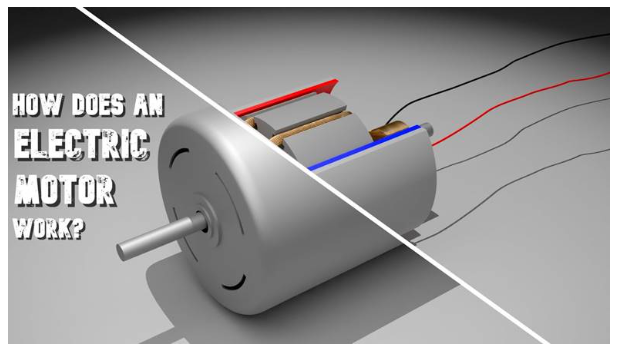
EV motor Cutaway Animation YouTube 3D Model
Source: https://www.youtube.com/watch?v=dWNZSxlkTxw&ab_channel=3DRequiem
What You Should Maintain in Your Electric Vehicle
Electric vehicle ownership is low-maintenance, not no-maintenance. Here’s what to keep an eye on:
- Tires: Electric vehicles are heavier, so tires wear faster. Rotate every 10,000-12,000 km.
- Brake System: Check hydraulic fluid and pads every 2 years.
- Coolant: Especially important for hot climates.
- Cabin Air Filter: Keeps air fresh inside. Replace yearly or every 15,000 km.
- Software Updates: Many brands (especially Tesla) deliver performance boosts and safety fixes over-the-air.
Tip: Schedule a yearly inspection to stay ahead of issues. Electric vehicles might not need oil, but they do need attention.
Conclusion: Electric Cars and Oil Changes Don’t Mix
In 2025, as electric vehicles continue to outsell gasoline cars in many markets, it’s clear: Electric cars don’t need oil changes. They represent a new era of clean, low-maintenance mobility.
Yes, they still require some care — cooling fluids, brake inspections, tire rotation — but the days of oily hands, monthly dipstick checks, and disposal headaches are over.
So if you’re switching to an EV, enjoy the freedom. Less time at the garage means more time on the road — and more money in your pocket.
